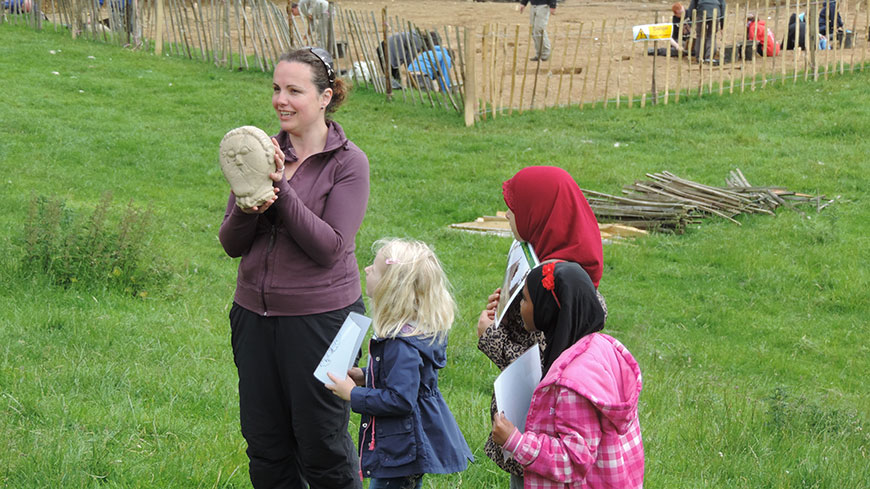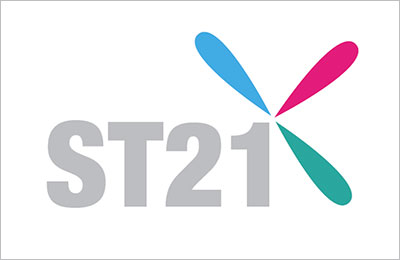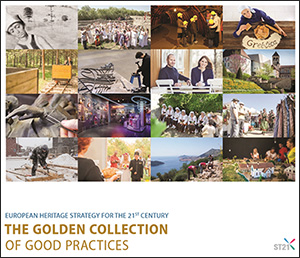Location of the initiative:

Relation to Strategy 21 Recommendations:
K1 - Incorporate heritage education more effectively in school curricula
Brief description of the initiative:
This educational initiative brings heritage into the classroom, reaching 120,000 students in 250 schools across England to date.
Objectives of the initiative:
This project aims to enrich the curriculum in schools and provides teachers with the knowledge to bring heritage into the classroom. With a focus on equipping teachers with the necessary skills, the initiative is sustainable with teachers being able to use the methods that they have learned with future classes of schoolchildren.
As well as reaching schoolchildren themselves, the project has aimed to reach further corners of the community by involving the children’s families in family history projects, an approach which has proved to be a great success and no doubt has a marked effect in fostering civic pride and a sense of local identity in these communities.
Brief assessment of the initiative’s results:
The project has recorded impressive tangible results. The vast majority of the teachers involved with the project reported that their knowledge of the surrounding local history had increased, that they are now aware of how local history can be used to illustrate the wider history of England and that they now know how to use local history successfully to deliver the school’s curriculum. Heritage Schools also reported that teachers felt that their students had increased their understanding of their own local heritage and how it is connected to national history. “Heritage Schools has unlocked local heritage for young people by creating links with heritage sites. The project has also demonstrated to teachers how heritage is cross-curricular and how it can be used as a means to teach many subjects through real world scenarios”, the jury stated.
The reach of the project in a European context is considerable and its focus is applicable to any other country. Indeed it is an entirely transferrable model and its ethos sets a good example to follow. The project involves a significant number of children and stakeholders in the wider community and focuses on the importance of teaching about cultural heritage at an early stage in school. This is important as it contributes to encouraging the next generation to appreciate the need to protect our heritage.
Online resources:
Contact:
Ms Sandra Stancliffe
[email protected]





